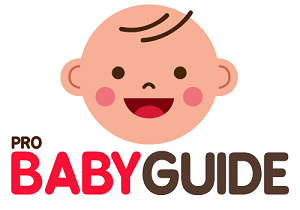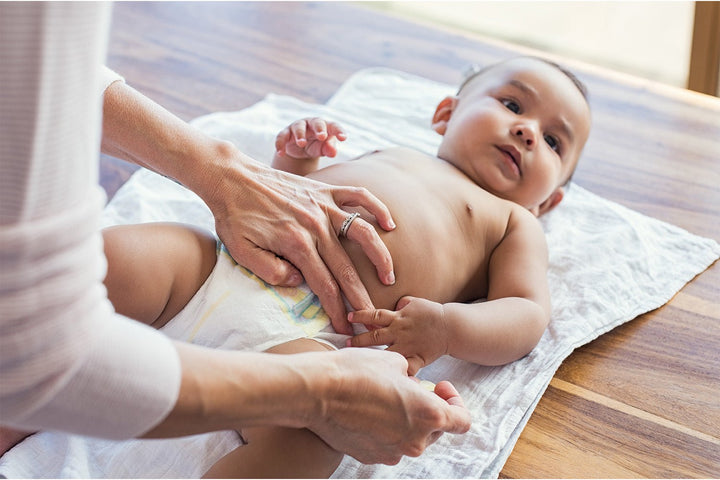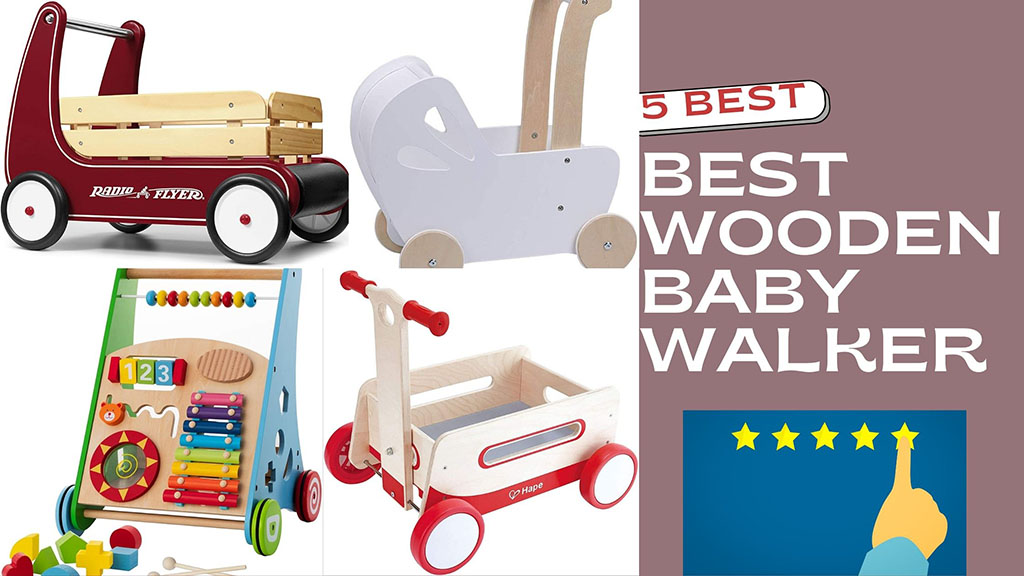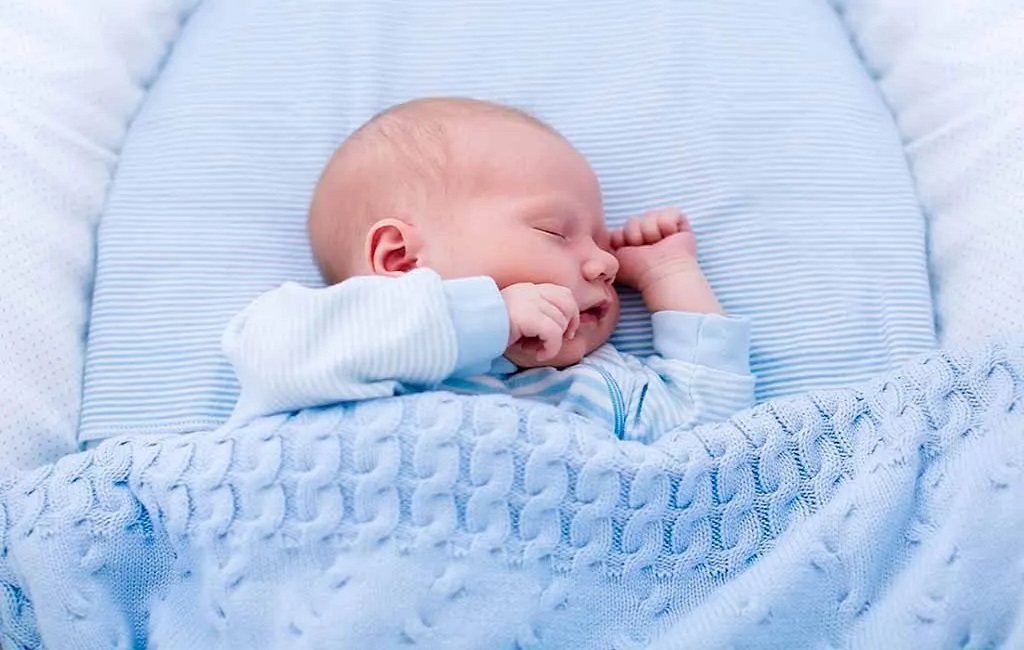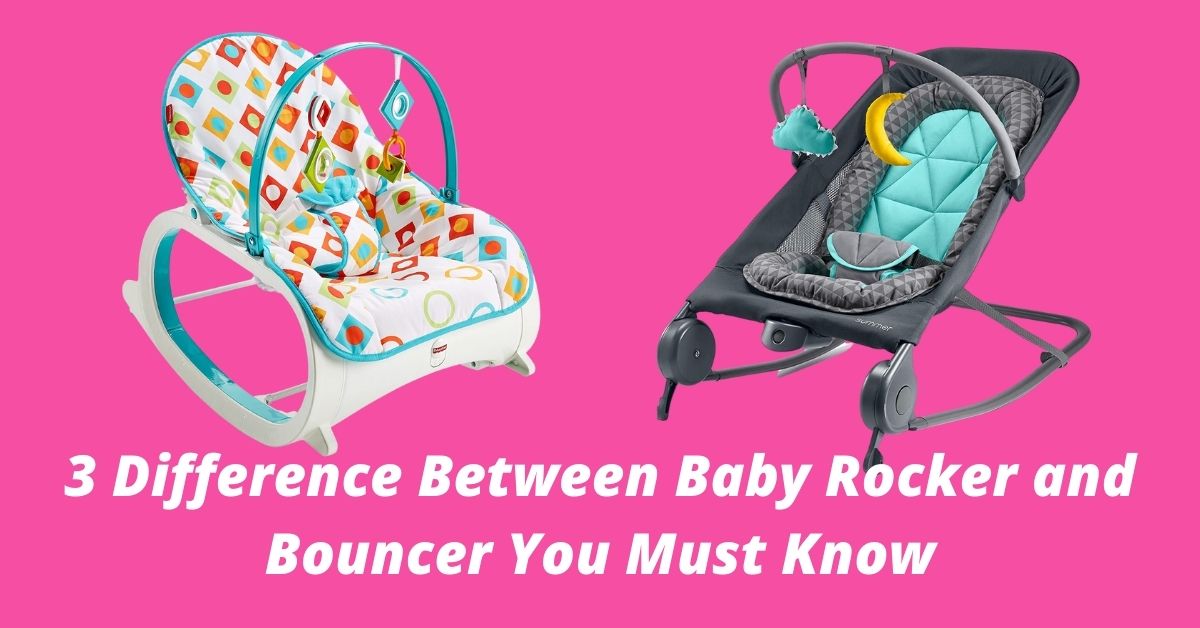Babies should not sit in a poopy diaper for more than a few minutes. Ideally, change the diaper promptly to prevent discomfort and rashes.
Diaper changes are a crucial part of infant care, and understanding the right time to change a baby’s diaper ensures their comfort and health. Parents and caregivers need to check diapers regularly, as a soiled diaper left on for too long can lead to irritation, skin rashes like diaper rash, and possible infections.
A baby’s sensitive skin requires immediate attention once you notice they have a dirty diaper. Regular checks and quick changes not only keep babies dry but also promote good hygiene and prevent the adverse effects of prolonged exposure to waste. By keeping an eye on your baby and changing diapers efficiently, you create a healthy and comfortable environment for your little one’s development.

Credit: healthnews.com
Timely Changes To Prevent Discomfort
An often underestimated aspect of parenting is knowing when to change your baby’s diaper, especially when it comes to poopy diapers. It’s not just about keeping your baby clean; it’s also fundamental for their comfort and health. Understanding the ideal timing for diaper changes helps prevent diaper rash, skin irritation, and general discomfort that can make your baby fussy.
Signs Your Baby Needs A Diaper Change
It’s crucial to stay alert to signals that indicate it’s time for a fresh diaper. Here are some clear signs:
- Fussiness or crying
- A noticeable smell
- Bloating of the diaper
- Facial expressions or behaviors indicating discomfort
- Visual cues, such as the color-indicating stripe on many diapers
Spotting these signs promptly ensures your baby remains comfortable and reduces the risk of skin issues.
Immediate Actions To Alleviate Your Baby’s Distress
When you notice any of the listed signs, it’s time to spring into action immediately. Follow these steps:
- Gather your supplies, such as a fresh diaper, wipes, and diaper cream.
- Choose a clean, safe changing area to ensure your baby’s safety throughout the process.
- Clean your baby’s bottom thoroughly to remove all traces of waste, which can irritate the skin.
- Apply a barrier cream if there are signs of redness or irritation, to protect the skin and provide relief.
- Ensure the fresh diaper is snug, but not too tight, to avoid causing further discomfort or potential leaks.
Acting swiftly not only minimizes your baby’s distress but also helps maintain better hygiene and prevents painful conditions such as diaper rash.
By regularly checking for these signs and following through with timely diaper changes, you enhance your baby’s comfort and health. Remember, it’s not just about the frequency of the changes, but also the judicious management of poopy diapers to keep your baby happy and healthy!
The Science Behind Poopy Diapers
Welcome to the enlightening world of caring for your little one’s bottom! The Science Behind Poopy Diapers might not be the typical topic of conversation at the dinner table, but it’s crucial for understanding how to maintain healthy, happy baby skin. Knowing when to whisk away that dirty diaper isn’t just about adhering to a schedule — it involves a little bit of science. Let’s dive into this less-talked-about yet vital aspect of parenting.
Composition Of A Baby’s Waste And Potential Irritants
Baby waste is not just a simple matter. The composition of a baby’s waste is heavily influenced by their diet – whether they’re breastfed or formula-fed – and can contain a variety of substances that might irritate their delicate skin.
- Urea and uric acid from urine
- Bile, digestive enzymes, and dead cells from stools
- Potential food allergens that have passed through the mother’s diet to the baby
These components can create a harsh environment for a baby’s skin if left in contact for too long. Further, the warm and moist conditions of a soiled diaper are breeding grounds for bacteria and yeast, which can lead to diaper rash or even more severe infections.
Changing the diaper promptly when it’s soiled is critical in preventing extended exposure to these irritants and keeping your baby’s skin healthy and rash-free.
How Skin Sensitivity Impacts Diaper Changing Frequency
Every baby’s skin is unique and some are more sensitive than others. Skin sensitivity, which varies greatly among infants, significantly dictates how often a diaper should be changed. For babies with sensitive skin, even a short period in a poopy diaper can cause irritation.
The following factors play a crucial role in this respect:
| Sensitivity Factor | Impact on Changing Frequency |
|---|---|
| Naturality of the Product | Diapers with fewer chemicals require less frequent changes. |
| Moisture-Wicking Ability | Diapers with better moisture control can be changed less promptly without risk. |
| Baby’s Activity Level | More active babies might need changes more frequently to prevent chafing and rash. |
| Previous Diaper Rash History | Babies with a history of rashes might benefit from more frequent diaper changes. |
Recognizing your baby’s tolerance will help define a diaper-changing schedule that fits their individual needs and prevents discomfort.
Stay vigilant and responsive to your baby’s condition to ensure maximum comfort and protection against diaper-related complications.
Diaper Rash: A Common Consequence
Diaper rash is a frequent issue that many infants experience. While a quick response to a soiled diaper helps prevent discomfort, sometimes diaper rash can occur seemingly out of nowhere. Understanding the relationship between extended exposure to a poopy diaper and the development of diaper rash is key to ensuring your baby’s comfort and skin health.
Identifying Early Stages Of Diaper Rash
The initial signs of diaper rash can be subtle, but catching them early is crucial. Look out for:
- Slight redness or pinkness on the baby’s bottom or the area covered by the diaper.
- Patches of dry, flaky skin, or skin that appears slightly inflamed.
- Babies becoming fussy or crying during diaper changes, which may indicate discomfort.
Regular diaper checks are essential, especially after your baby has passed a bowel movement. Clean the area with mild wipes or warm water, and ensure the skin is completely dry before placing a new diaper.
Preventative Measures For Maintaining Healthy Skin
Maintaining your baby’s skin health requires a proactive approach:
- Change diapers frequently, especially after poopy diapers, to limit skin exposure to irritants.
- Use high-quality diapers that offer good absorbency to minimize skin wetness.
- Apply a barrier cream containing zinc oxide or petroleum to protect the skin from moisture.
- Ensure the diaper fits well but isn’t too tight, as a snug fit can cause chafing.
- Give your baby’s bottom some air time daily. Let them go diaper-free for short periods to let the skin breathe.
By incorporating these preventative strategies, you can reduce the risk of diaper rash and keep your baby’s skin in a healthy condition. Monitor your baby’s skin regularly and take action at the first sign of any irritation to ensure their comfort and well-being.
Beyond Rash: Severe Health Concerns
It’s a common occurrence for newborns and infants to experience the occasional poopy diaper, but neglecting a timely diaper change can lead to problems far more serious than diaper rash. Understanding the severe health risks associated with prolonged exposure to soiled diapers is essential for every parent and caregiver. Here, we delve into some critical concerns that go beyond skin irritation.
Urinary Tract Infections And Their Link To Dirty Diapers
When a baby sits in a dirty diaper for too long, the risk of a urinary tract infection (UTI) significantly increases. This is particularly true for girls because the proximity of the urethra to the anus can facilitate the transfer of bacteria. Signs of a UTI in infants include:
- Fever without an obvious cause
- Fussiness during or after urination
- Odd-smelling urine or changes in urinary frequency
Ensuring prompt diaper changes, especially after bowel movements, reduces the possibility of bacteria making its way into the urinary tract. This, along with good hygiene during diaper changes, helps minimize the risk.
Bacterial And Fungal Infections Due To Delayed Diaper Changes
A poopy diaper creates an environment ripe for bacterial and fungal growth. These organisms thrive in warm, moist areas, and a delay in changing a soiled diaper can lead to infections such as:
| Infection Type | Common Symptoms |
|---|---|
| Bacterial Infections | Redness, swelling, tenderness, and pus |
| Fungal Infections (Candidiasis) | Rash with a characteristic red, scaly appearance, often surrounded by tiny blisters or sores |
Implementing frequent diaper checks and changes is vital in preventing these unsanitary conditions. Additionally, proper diapering techniques, such as thoroughly cleansing the area and allowing it to dry before putting on a fresh diaper, can ward off infection.
Creating Healthy Diaper Habits
Creating Healthy Diaper Habits is fundamental for the well-being of your newborn and plays a crucial role in preventing diaper rash and maintaining good hygiene. With the myriad of responsibilities that come with a new baby, keeping track of diaper changes can seem overwhelming. However, by establishing a structured approach, you can ensure your baby remains comfortable and clean. Let’s delve into how to create a routine for checking and changing diapers without disrupting the harmonious balance of your baby’s comfort and specific needs.
Establishing A Routine For Checking And Changing Diapers
A consistent diaper check routine can help mitigate the risks of diaper-related discomfort and skin irritations. Here’s a plan to keep you on track:
- Set reminders – With a newborn in the house, days and nights can merge. Setting alarms as reminders to check diapers can keep you on schedule.
- Visual checks – Make it a habit to inspect the diaper during feeding times or before bedtime. A quick peek can tell you if it’s time to change.
- Diaper log – Record diaper changes to monitor frequency and contents, which can also provide insights into your baby’s health.
- Prep your station – Have a changing station ready with all necessary supplies for a swift and efficient diaper change.
Balancing Diaper Hygiene With A Baby’s Comfort And Needs
While changing a diaper promptly after it’s soiled is ideal, balancing your baby’s hygiene with their contentment and requirements is vital. Let’s look at how to maintain this balance:
- Observe for cues – Most babies will signal discomfort when their diaper is wet or soiled. Responding quickly to these signs can prevent rash and irritation.
- Choose the right time – Whenever possible, avoid waking a peacefully sleeping baby for a diaper change unless they have soiled their diaper or are at risk of developing a rash.
- Quality products – Invest in high-absorbency diapers and gentle wipes to protect your baby’s sensitive skin and extend the times between changes.
- Diaper-free time – Allot periods during the day for your baby to be diaper-free. This can help air out the skin and prevent rashes.
In conclusion, promptly attending to a poopy diaper is essential, as extended exposure to waste can lead to discomfort and potential skin issues. With a well-established routine and balance between hygiene and your baby’s needs, you’ll foster healthful practices that will contribute to your child’s overall comfort and happiness.
Frequently Asked Questions On How Long Can A Baby Sit In A Poopy Diaper?
What Are Risks Of Delayed Diaper Change?
Letting a baby sit in a poopy diaper for too long can lead to diaper rashes, bacterial or yeast infections, and discomfort. Immediate change is advisable to prevent skin irritation and maintain hygiene.
How Often Should A Diaper Be Changed?
Newborns need frequent changes, typically every 2 to 3 hours. However, the need to change a diaper varies with age, diet, and health. Always change poopy diapers promptly to avoid skin irritation.
Can Prolonged Exposure To Poop Harm Baby Skin?
Yes, prolonged contact with poop can cause diaper rash and skin breakdown. Baby skin is sensitive, and ammonia in urine or bacteria in poop can quickly irritate it, necessitating prompt diaper changes.
What Signs Indicate A Diaper Change Is Necessary?
Look for a heavy, saggy diaper or smell of feces. Babies might also show discomfort, such as crying or fussiness, indicating it’s time for a change. Physical checks are reliable too.
Conclusion
Caring for your baby’s comfort and hygiene is crucial. Promptly changing a soiled diaper helps prevent rashes and discomfort. Remember, quick action is always best for your little one’s health and happiness. Trust your instincts and prioritize their well-being for a happy, healthy baby.
